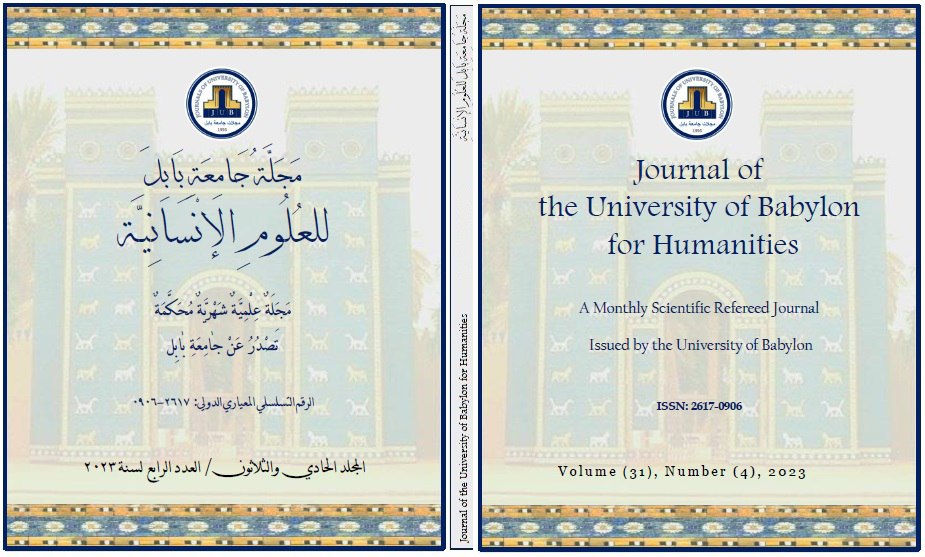Production of Paper Clay Using Palm Fronds
Main Article Content
Abstract
The research deals with the possibility of using plant residues (palm fronds) in the production of paper clay, where the reeds were ground and added to the sodium hydroxide solution, which acts as a solvent for cellulose fibers and breaks the bonds between its molecules, so that the fronds powder turns into a thick paste that was then added with kaolin at a rate of (20%). The solvent solution was used in three concentrations (10-20-30%) and the results of the formability were directly proportional to the increase in the concentration of the solution, knowing that all the mixtures were successful and easy to form as well as were successful in terms of drying and burning and the models were burned at a degree (1000 C). The pottery was glazed using ready-made alkaline glass at a temperature of (960 °C), and the most important results were.
Paper clay can be produced using plant residues (palm fronds) using sodium hydroxide solution as a solvent.

